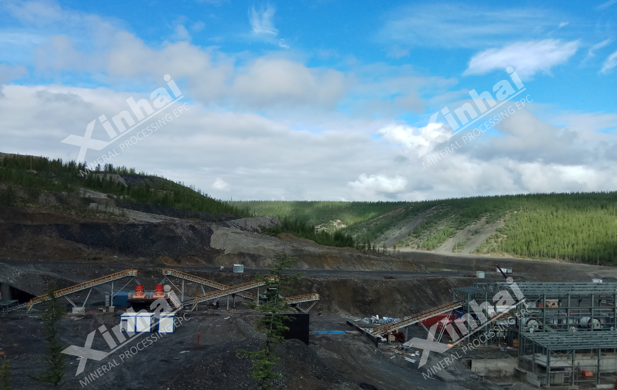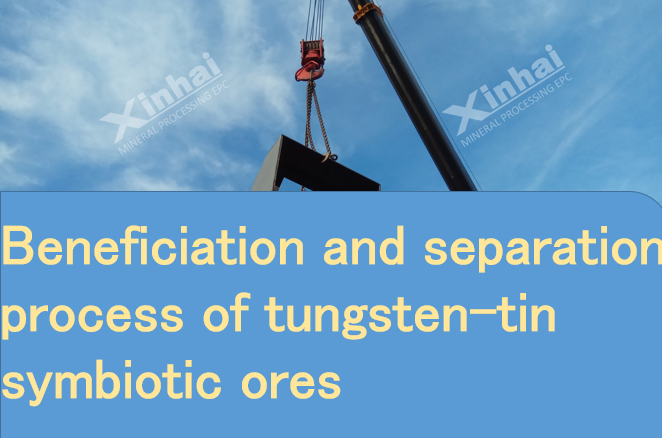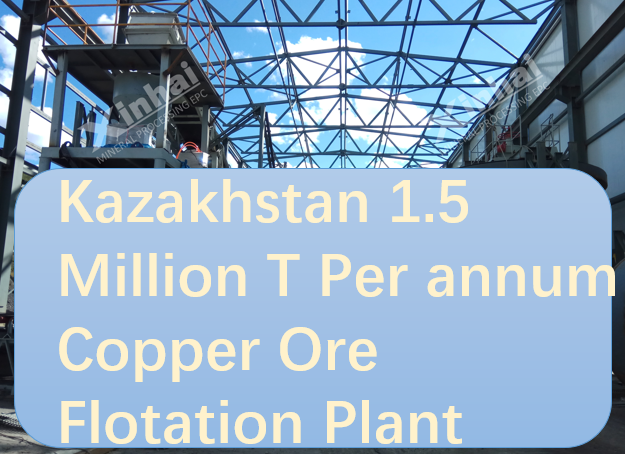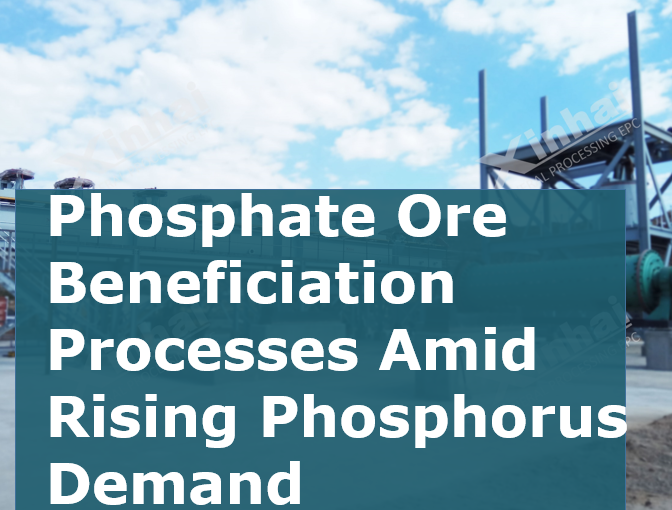
Transforming copper ore into qualified smelting feedstock requires a systematic and efficient mineral processing workflow. Given the generally low copper grades in natural ores, enrichment through scientific mineral processing is essential.

Tungsten and tin often occur together in the same ore deposits in nature as either symbiotic or associated minerals, making tungsten-tin separation a critical technical challenge in polymetallic ore processing.

Depending on ore properties and process conditions, cyanidation has evolved into multiple specific applications in industrial practice. Among these, cyanide-carbon-in-pulp (CIP), heap leaching, and stirred cyanidation represent the three predominant process routes currently in use.

lithium, a critical metal in the new energy era, relies on advanced beneficiation processes for efficient extraction. The beneficiation of hard rock lithium ores—mainly composed of minerals such as spodumene, lepidolite, and petalite—often requires "tailored" process flows based on ore characteristics.
As a vital non-metallic mineral, barite undergoes various beneficiation processes tailored to ore properties and production requirements. Current mainstream methods include heavy medium separation, jigging, shaking table separation, and flotation.

A mineral processing plant is a specialized facility designed to extract valuable minerals from raw ore, transforming it into marketable concentrates. Whether processing gold, copper, iron, or phosphate, building a mineral processing plant requires meticulous planning, engineering expertise, and adherence to regulatory standards

As the most widely applied technique in phosphate ore processing, flotation has become the key to achieving efficient phosphorus resource enrichment due to its adaptability to ores with varying properties.

Leveraging a team of professional geologists and advanced exploration technologies, Xinhai Mining delivers internationally compliant geological exploration, resource assessment, and report preparation services for global mining projects. We are committed to providing scientifically sound geological foundations for mine development.

As a key overseas mining project strategically positioned by the company, the Kazakhstan 1.5 million tonnes per annum copper ore flotation plant project (in collaboration with Kazakhstan's BMT Company) is progressing steadily with high standards and efficiency.

In recent years, the proliferation of new energy vehicles has driven demand for lithium iron phosphate batteries. Coupled with increased consumption of agricultural phosphate fertilisers and chemical phosphoric acid, societal demand for phosphorus resources continues to climb. Against this backdrop, beneficiation techniques for medium-to-low grade phosphate ores have become a focal point within the industry.